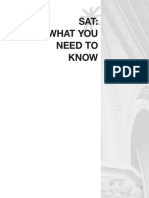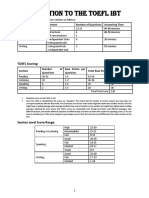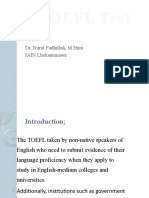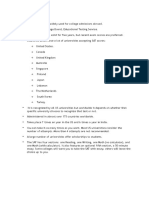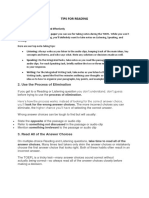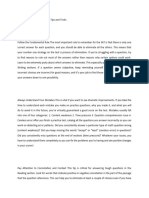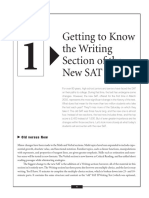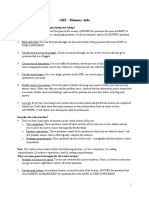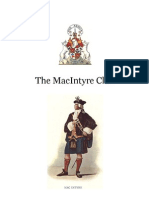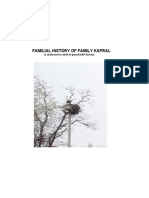0% found this document useful (0 votes)
28 views18 pagesSAT Reading Guide by MJ
The document is a comprehensive guide for improving EBRW (Evidence-Based Reading and Writing) scores on standardized tests, particularly for those with scores ranging from 450 to 650+. It provides detailed strategies for grammar, reading comprehension, and writing, including specific approaches for different types of reading questions and writing topics. Additionally, it emphasizes the importance of practice, diagnostic tests, and building a strong vocabulary base.
Uploaded by
charosraxmatovCopyright
© © All Rights Reserved
We take content rights seriously. If you suspect this is your content, claim it here.
Available Formats
Download as PDF, TXT or read online on Scribd
0% found this document useful (0 votes)
28 views18 pagesSAT Reading Guide by MJ
The document is a comprehensive guide for improving EBRW (Evidence-Based Reading and Writing) scores on standardized tests, particularly for those with scores ranging from 450 to 650+. It provides detailed strategies for grammar, reading comprehension, and writing, including specific approaches for different types of reading questions and writing topics. Additionally, it emphasizes the importance of practice, diagnostic tests, and building a strong vocabulary base.
Uploaded by
charosraxmatovCopyright
© © All Rights Reserved
We take content rights seriously. If you suspect this is your content, claim it here.
Available Formats
Download as PDF, TXT or read online on Scribd
/ 18


